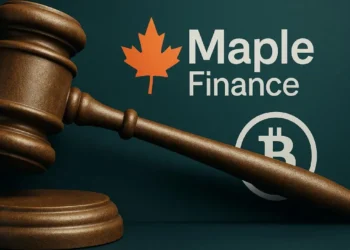Zcash Halving and Its Impact on the Market: Decreased Supply, Shifts in Investor Attitudes, and Changes in PoW Mechanisms
- Zcash's November 2025 halving cuts block rewards by 50%, tightening supply and boosting its deflationary appeal similar to Bitcoin's scarcity model. - Historical data shows ZEC surged over 500% post-2020 halving, with 2024 gains reaching $680, while 28% shielded supply via zk-SNARKs enhances privacy differentiation. - Institutional adoption grows via $137M Grayscale Trust, but regulatory risks to privacy features and miner liquidity pressures remain key uncertainties. - Transition to partial proof-of-sta
Supply Reduction and Investor Sentiment
The halving’s influence on investor outlook is complex. Primarily, the decrease in block rewards boosts Zcash’s scarcity, a factor that has historically fueled price growth in proof-of-work (PoW) coins. For example, ZEC’s 2024 halving aligned with
Growing institutional participation also supports this perspective.
Consensus Mechanism and Network Sustainability
The consensus protocol of Zcash is a key element in its post-halving outlook.
Risks and Regulatory Uncertainties
Despite strong fundamentals, several risks remain.
Developer Roadmap and Future Outlook
The Q4 2025 development plan for Zcash, as presented by ECC, focuses on advancing privacy and improving user experience. Notable enhancements include
Market analysts believe ZEC could exceed $500 if the use of shielded transactions continues to rise
Conclusion
The November 2025 halving for Zcash is set to drive both increased scarcity and greater institutional interest. While past trends point to a positive outlook, the future performance of Zcash will depend on the balance between PoW sustainability, regulatory developments, and overall market sentiment. Investors should consider both the deflationary benefits and the volatility associated with Zcash, as well as its evolving consensus approach. At present, Zcash stands out as an intriguing option in the growing cryptocurrency sector, thanks to its blend of privacy features and speculative appeal.
Disclaimer: The content of this article solely reflects the author's opinion and does not represent the platform in any capacity. This article is not intended to serve as a reference for making investment decisions.
You may also like
WhatsApp Weaponized in Brazil as New Malware Campaign Targets Crypto Users

Base Core Member Jesse Pollak Announces Upcoming $JESSE Token Launch, Warns of Fake Information Risks

Core Foundation Wins Cayman Court Injunction Against Maple Finance

Singapore Crypto Investors Shift From Low Fees to Trust as Market Matures
